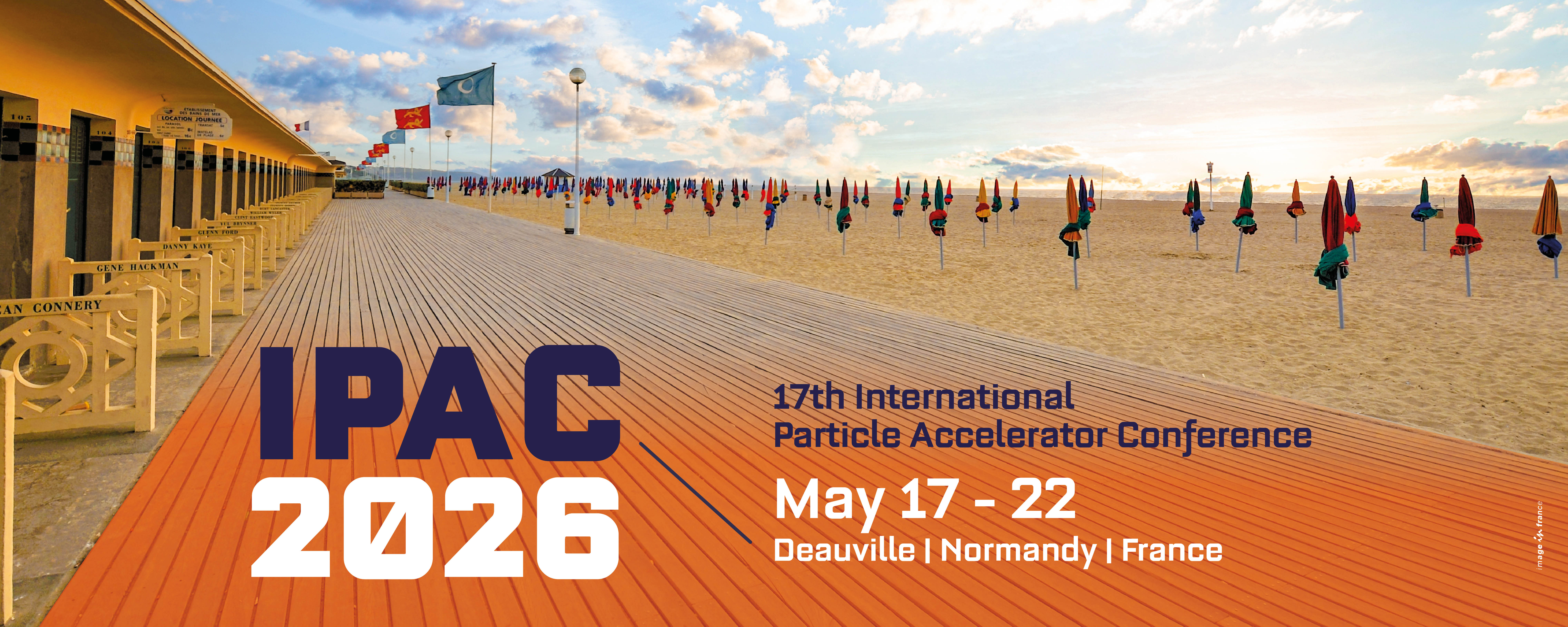Laser wakefield acceleration (LWFA) of electrons occurs when an intense short laser pulse focused in an underdense plasma drives in its wake a plasma wave with an amplitude large enough to trap and accelerate electrons. Relativistic electron bunches are easily obtained through this mechanism and have given rise to a large number of studies and publications. Despite these efforts, the...
Since their inception, laser-wakefield accelerators (LWFAs) have shown their capability to produce high-quality, monoenergetic electron beams. Yet, the push toward higher electron energies and more efficient accelerators is constrained by several limitations. Foremost among these are the dephasing and diffraction limits. A promising strategy to address these issues involves using structured...
We measure the high-intensity laser propagation throughout meter-scale, channel-guided laser-plasma accelerators by adjusting the length of the plasma channel on a shot-by-shot basis, showing high-quality guiding of 500 TW laser pulses over 30 cm in a hydrogen plasma of density 𝑛≈10^17 cm−3. We observed transverse energy transport of higher-order modes in the first ≈12 cm of the plasma...
Improved control of high intensity laser beam parameters on target recently enabled laser accelerated proton bunches with energies beyond 100 MeV, dose-controlled irradiation of biological samples, and the demonstration of FEL gain based on laser wakefield acceleration of electrons.
This presentation focuses on the chain of developments at the Petawatt laser DRACO at Helmholtz-Center...

